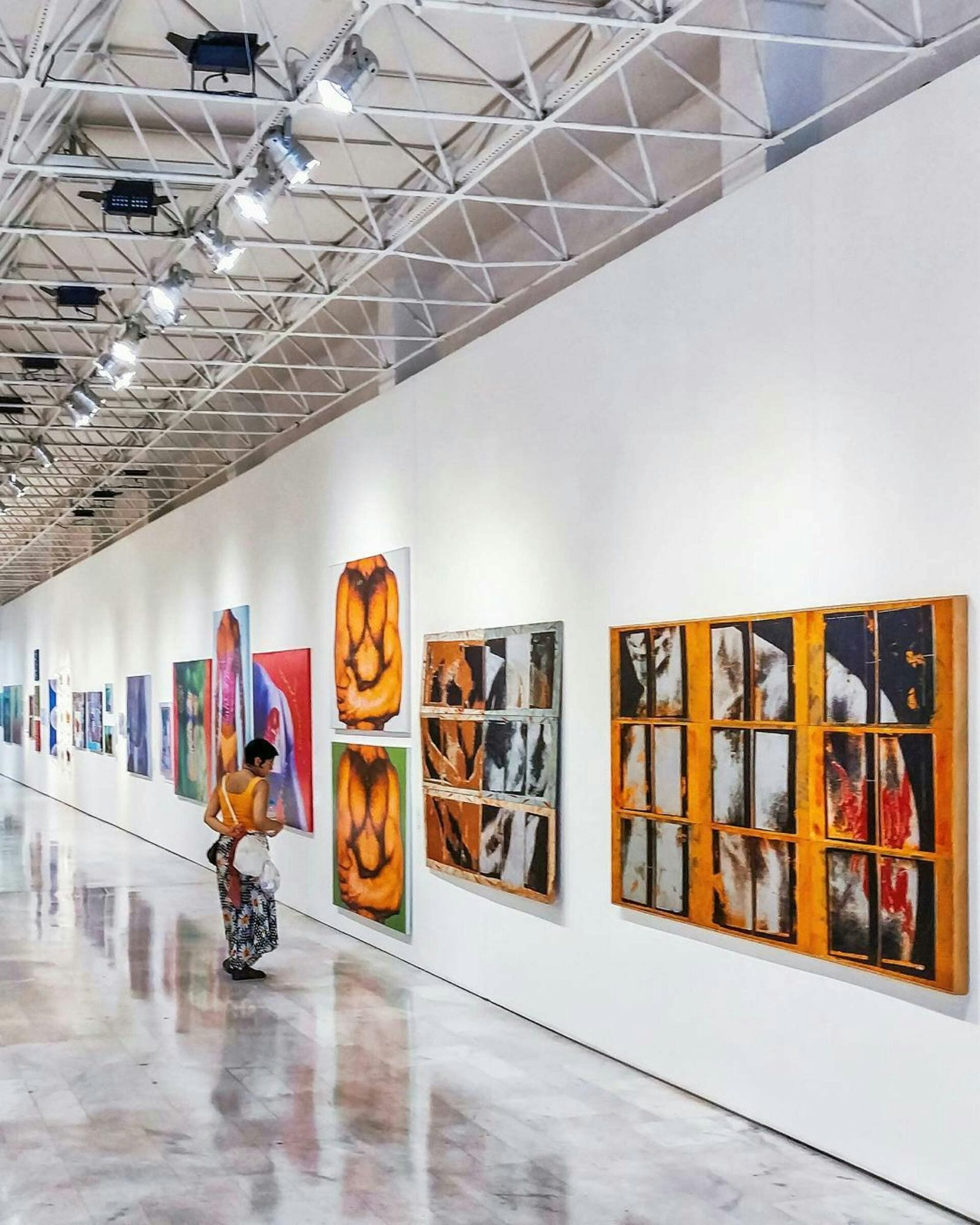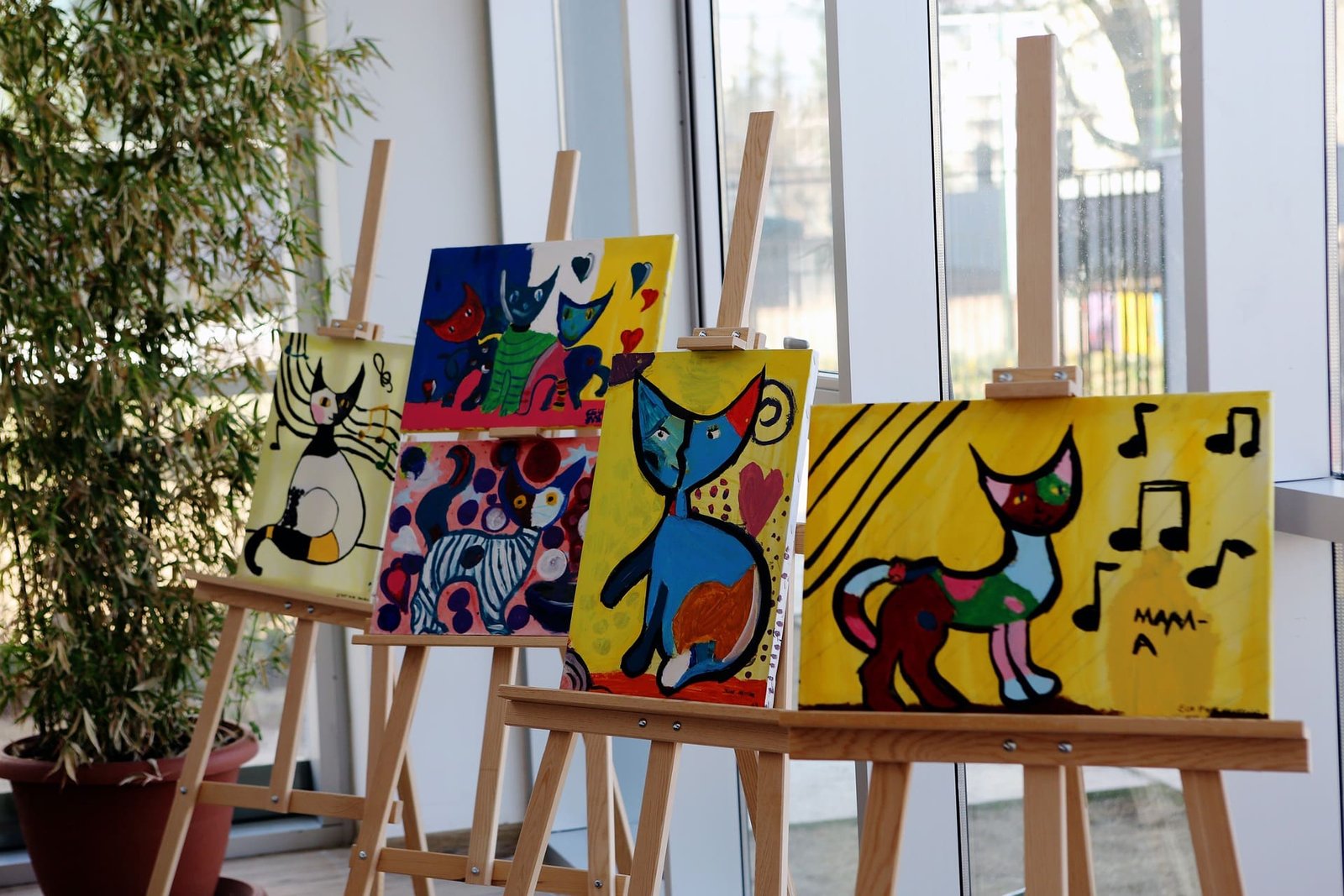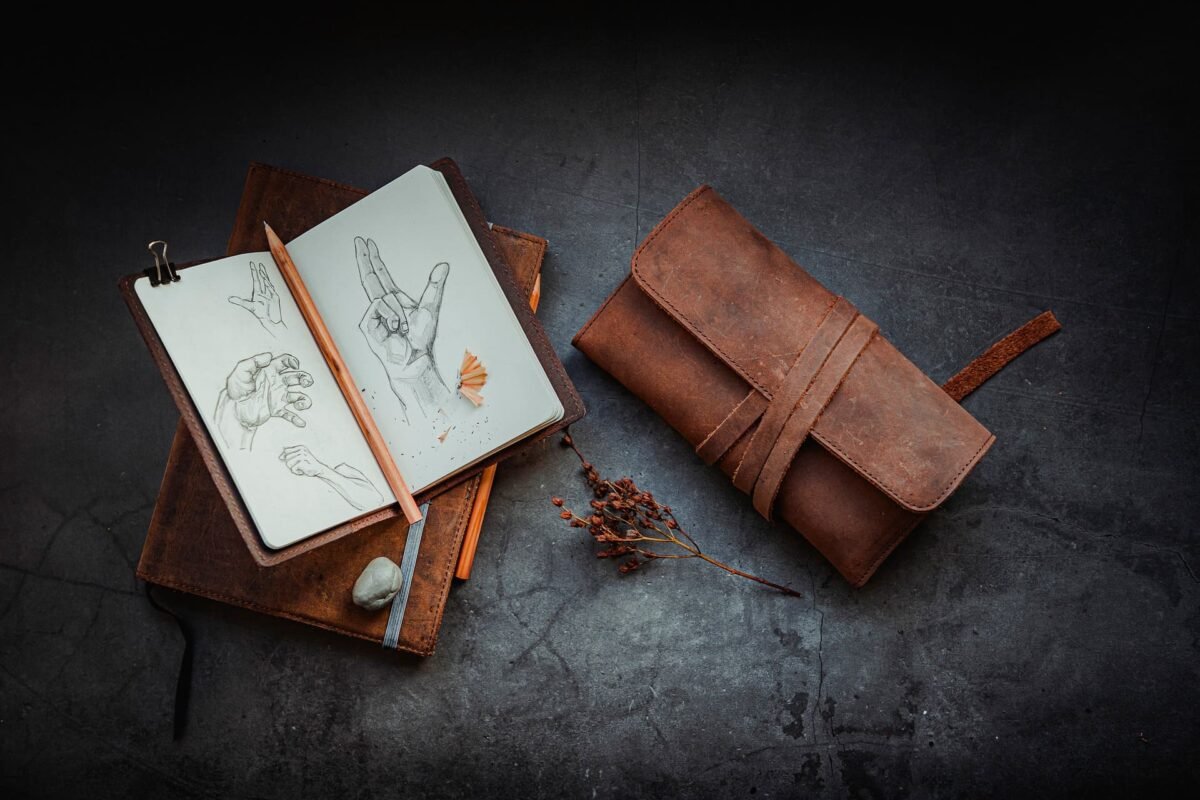marketing & tips
Create a Professional Arts Portfolio
Why It’s Important and How You Can Help
A professional art portfolio is a critical tool for any artist looking to exhibit their work, attract galleries, and connect with collectors. Whether you’re a painter, sculptor, or photographer, your portfolio is the first impression that potential buyers and curators will have of your artistic vision. In this comprehensive guide, we will break down how to create a professional art portfolio that showcases your talent and helps you succeed in the competitive world of art.
What is an Art Portfolio?
An art portfolio is a curated selection of your best work that demonstrates your technical skills, creativity, and overall artistic identity. It serves multiple purposes, including:
- Securing exhibition opportunities at galleries and art fairs
- Attracting potential buyers or clients
- Applying for grants, residencies, or academic programs
- Networking with other artists and professionals in the art world
A well-organized and compelling portfolio can be a powerful tool for showcasing your talent and expanding your career as an artist.
Key Components of a Professional Art Portfolio
Creating a professional art portfolio involves more than just compiling images of your work. Each element should work together to tell a cohesive story about who you are as an artist. Here are the essential components you should include:
1. High-Quality Images of Your Artwork
The core of your portfolio is the artwork itself. Make sure to provide high-resolution images that accurately capture the details, colors, and textures of your pieces. This is especially important if you are sharing your portfolio digitally. Each image should be professionally photographed in good lighting, with no distractions in the background.
- Include multiple views for 3D work, such as sculptures or installations
- Provide close-up shots to highlight intricate details
- Label each image with the artwork’s title, medium, dimensions, and date of completion
2. An Artist Statement
Your artist statement is a short narrative that explains your artistic process, influences, and the themes present in your work. It gives context to your artwork and helps the viewer understand your creative vision. A compelling artist statement can make your portfolio stand out from the rest by offering insight into your unique perspective.
Key tips for writing an artist statement:
- Keep it concise (usually between 200-300 words)
- Focus on what motivates you as an artist
- Avoid jargon or overly technical language
- Make it personal but professional
3. Biography and CV
Your biography and curriculum vitae (CV) provide background information about your career as an artist. The biography is usually a short paragraph that summarizes your education, artistic influences, and major accomplishments. Meanwhile, the CV is a more detailed list of your exhibitions, residencies, awards, and other professional experiences.
Include:
- Formal education (art degrees or certificates)
- Major exhibitions and galleries where you have shown your work
- Awards, grants, or recognitions received
- Residencies or special projects
4. Portfolio Layout and Design
A professional portfolio should be visually pleasing and easy to navigate. Whether digital or physical, the layout should reflect your personal style while remaining clean and organized.
For digital portfolios:
- Use a simple, easy-to-navigate website template
- Ensure your portfolio is mobile-friendly
- Include a well-organized menu with categories for different types of work (e.g., painting, sculpture, photography)
For physical portfolios:
- Choose a clean, professional presentation format, such as a hardcover binder or printed booklet
- Arrange images logically, either chronologically or thematically
Steps to Create a Professional Art Portfolio
Creating a professional portfolio is a process that requires thought and planning. Follow these steps to build a portfolio that presents your work in the best possible light.
1. Select Your Best Work
The most important step in creating a professional portfolio is selecting the right artwork to include. Your portfolio should only feature your best work, not every piece you’ve ever created. A strong portfolio typically consists of 10-20 pieces that showcase your technical abilities, range, and consistency as an artist.
Consider the following when selecting your pieces:
- Choose work that represents your current style and skills
- Ensure a variety of techniques, mediums, and subject matter to demonstrate versatility
- Avoid pieces that are overly experimental or don’t reflect your professional goals
2. Organize Your Portfolio
Once you’ve selected your artwork, organize it in a way that tells a story about your artistic journey. Group similar works together, either by theme, medium, or project. You want the viewer to see a progression in your skill level or a consistency in your style.
Tips for organizing:
- Start with a strong piece that grabs attention
- Group works by series or projects, if applicable
- End with a memorable or impactful piece
3. Write Captions for Each Artwork
Captions provide important context for each piece in your portfolio. For every artwork, include a brief description that covers the title, medium, dimensions, and the year it was created. You may also want to add a short explanation of the concept or inspiration behind the work.
Example of a caption: “Untitled No. 5,” Acrylic on canvas, 36×48 inches, 2022. This piece explores the relationship between nature and urban spaces through abstract form.
Avoiding Common Mistakes in Art Portfolios
When building a professional art portfolio, there are a few common mistakes that can detract from your presentation. Here’s what to avoid:
1. Including Too Much Work
More is not always better. Quality over quantity is the rule when it comes to art portfolios. Resist the temptation to include all your artwork, and focus on curating the strongest pieces that represent your style.
2. Ignoring Presentation
Even if you have great artwork, poor presentation can weaken your portfolio. Make sure your images are high-quality and that your portfolio layout is professional.
3. Using Inconsistent Style or Themes
Your portfolio should show consistency in your style, technique, or themes. Including vastly different or disconnected works can confuse viewers about your artistic identity. Stay focused on your core strengths.
Conclusion: The Power of a Strong Portfolio
In today’s art world, having a professional art portfolio is crucial to success. Your portfolio not only showcases your best work but also reflects your unique artistic vision and identity. By investing time and effort into curating and presenting your work effectively, you increase your chances of landing exhibitions, gaining gallery representation, and attracting clients.
If you’re ready to take the next step in your artistic journey, start building your portfolio today and send it to WantArts.











